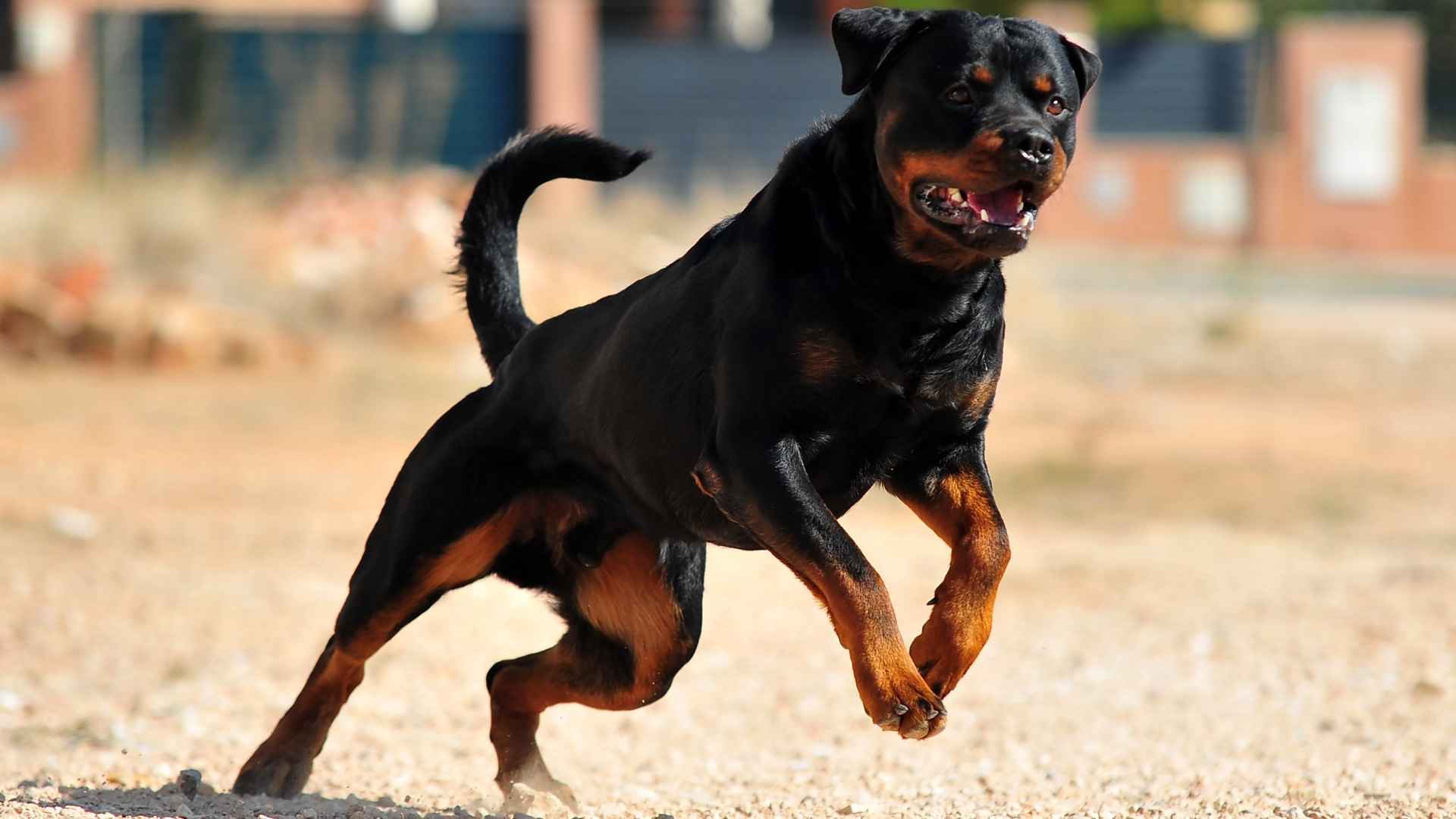Dogs have been our companions for thousands of years, but it’s important to remember that even the most loyal pet is still an animal. While many breeds are gentle and make wonderful family dogs, some are considered high risk because of their size, strength, and protective nature.
According to recent dog bite statistics from the CDC, more than 4.5 million dog bites occur in the United States every year, and nearly 885,000 of those dog bite incidents require medical treatment.
This doesn’t mean every dangerous dog is automatically aggressive. A dog’s behavior depends heavily on training, environment, and socialization. However, certain breeds are frequently involved in severe injuries and fatal dog attacks annually, which is why they are often labeled the most dangerous dog breeds.
Responsible dog owners must understand these risks, especially when considering guard dogs or larger breeds that can cause serious harm if poorly trained. The goal of this article is not to scare pet owners but to share honest information.
By knowing which breeds are classified among the most dangerous dog breeds in recent years, you can make safer choices, avoid a potential dog attack, and ensure that any dangerous dog breeds are properly trained and cared for.
Most Dangerous Dog Breeds For Pets
1. Bullmastiff
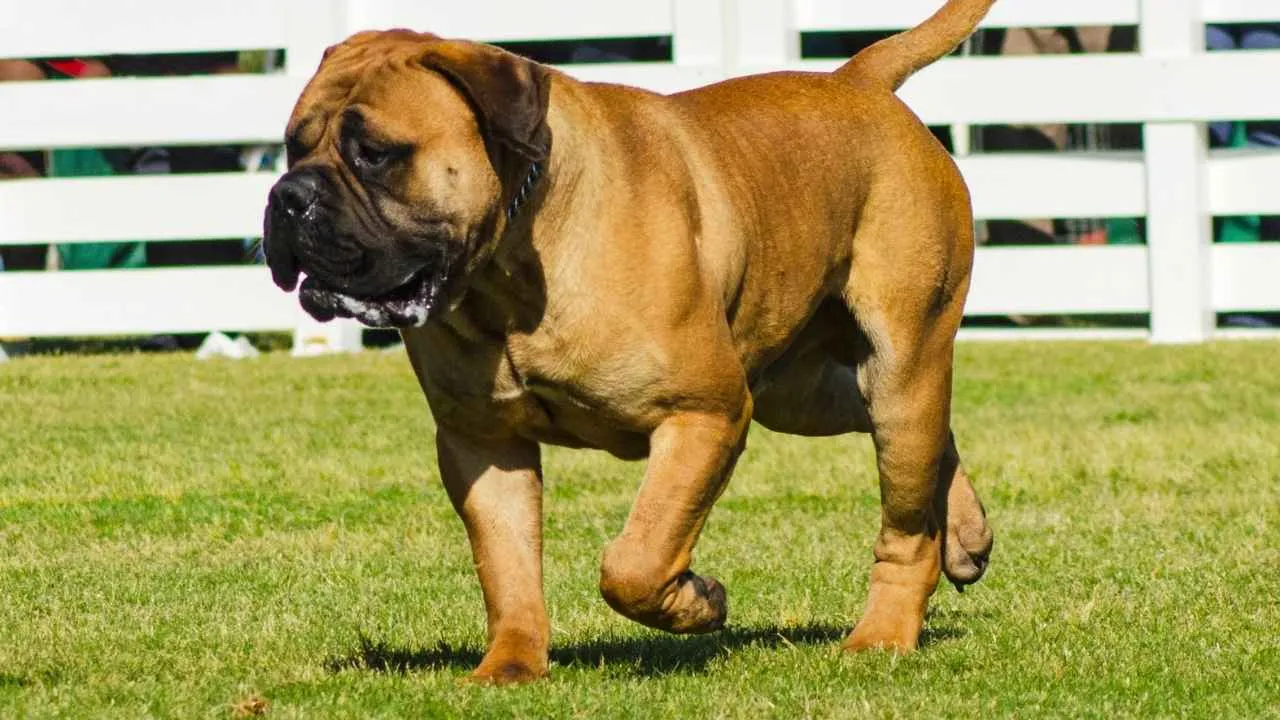
The Bullmastiff is a calm but powerful dog that was bred for guarding. They are devoted to their families and naturally alert to strangers. While usually gentle at home, their protective instincts can turn risky if not managed early. Owners must start training young to prevent territorial aggression.
Their large size makes them intimidating. Their muscular build means even accidental rough play can cause harm. Though fatal dog attacks involving this breed are rare, their strength alone makes them a serious responsibility. These dogs need firm guidance and plenty of socialization.
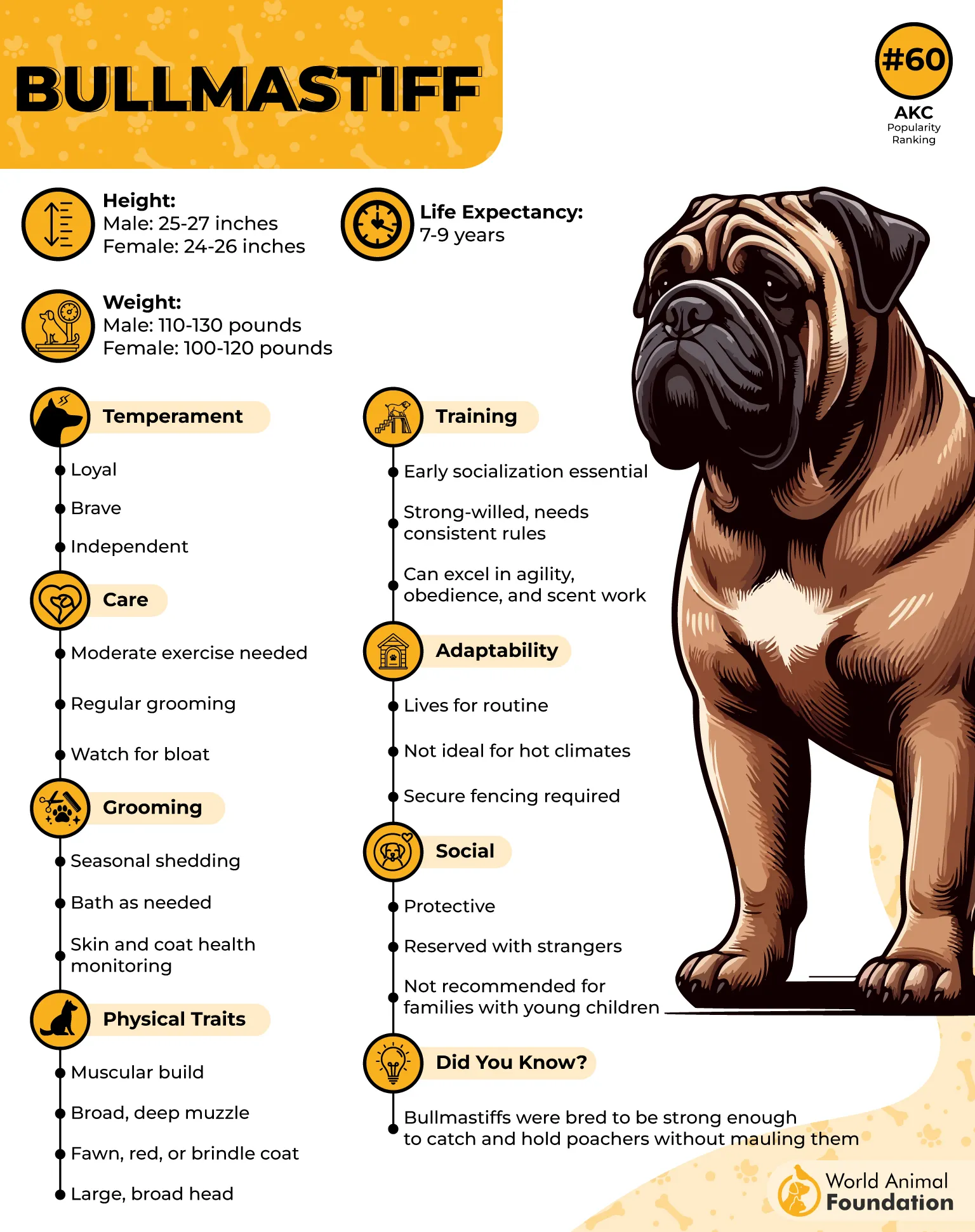
Bullmastiffs are best suited for experienced dog owners who have the time and discipline to train them properly. With the right environment, they are affectionate family dogs. Without it, their size and instincts can lead to dangerous outcomes.
Key Facts About Bullmastiffs
Bite force measured at 552 PSI, one of the strongest dogs
Protective instincts make them excellent guard dogs
Their loose skin helps protect against bites from other animals
2. Siberian Husky

Siberian Huskies are admired for their striking wolf-like looks and friendly personalities. Yet beneath their charm lies a strong prey drive and survival instincts. Originally bred to pull sleds in the harsh Arctic, they remain independent and energetic, which sometimes leads to trouble.
They have been recorded attacking both children and adults. While most Huskies are affectionate family pets, their instincts can take over without the right environment. This is why they should be properly socialized and given plenty of exercise.
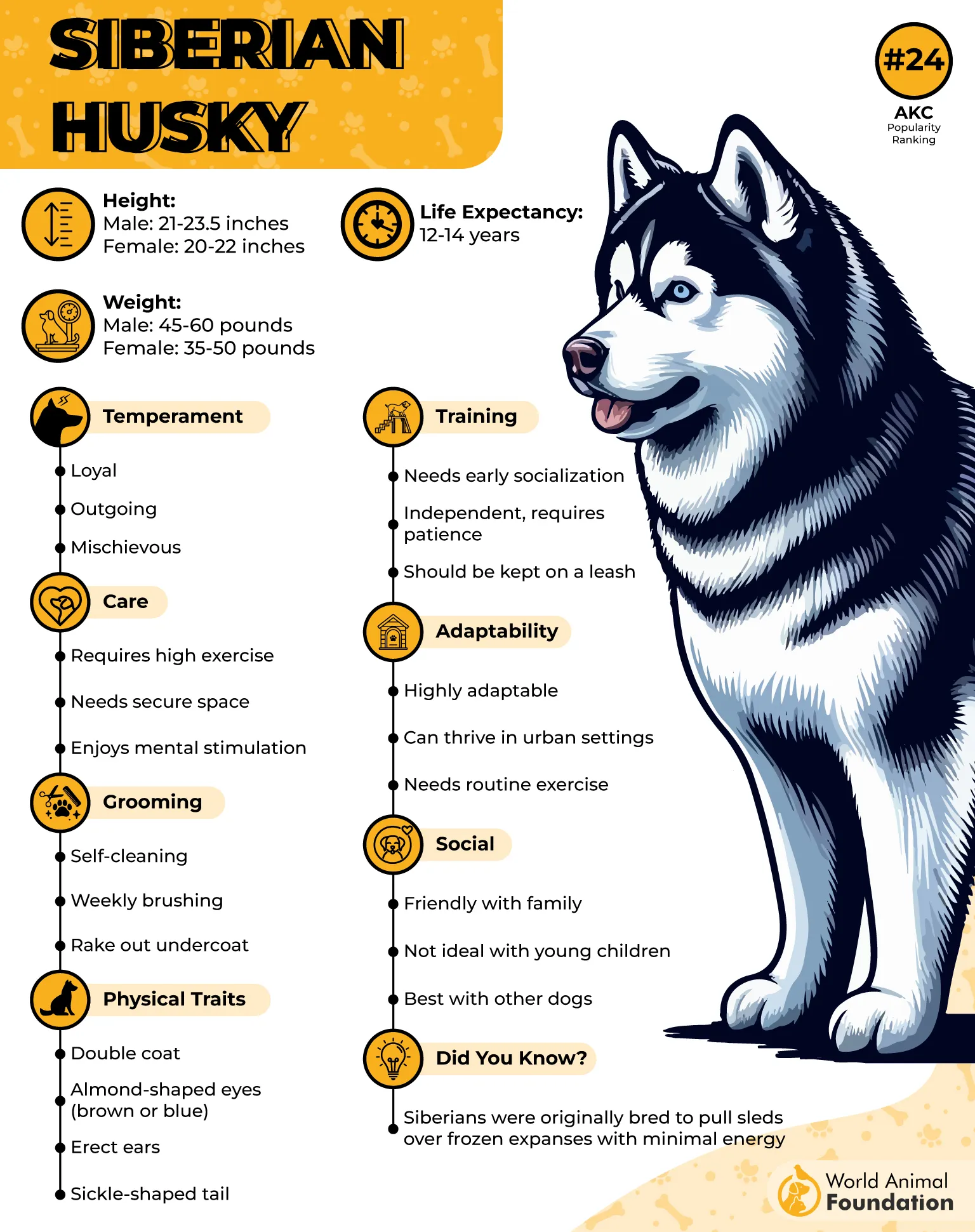
Huskies are not naturally suspicious of people, which makes them seem approachable. But their high energy and stubborn streak can cause frustration and aggression if they are not well-trained. These beautiful dogs require experienced owners who understand their needs.
Key Facts About Siberian Huskies
Bite force: 320 PSI despite weighing 60 pounds or less
Strong prey drive, often chasing smaller animals and even other canines
High escape tendencies and stamina make them hard to manage
3. Doberman Pinscher
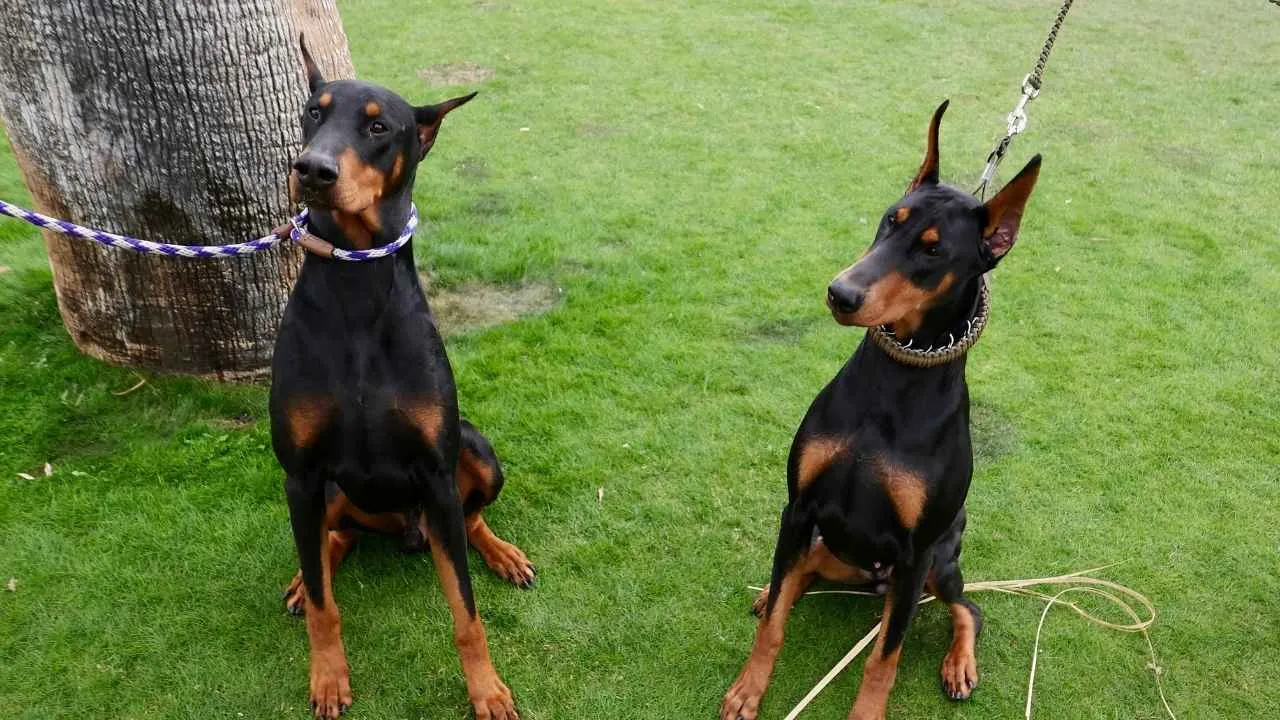
The sharp posture and alert nature of Doberman Pinschers make them one of the most recognized guard dogs in the world. Purina states that the Doberman Pinscher was developed in Germany in the late 19th century by Louis Dobermann, a tax collector who needed a strong protector during his rounds.
Over time, the breed became well known as working dogs, serving in roles with the police, military, and even as therapy and service dogs.
Their strength makes them a high-risk dog breed if handled without care. These dogs bond deeply with their owners, but they can react aggressively if they sense a threat. Their presence alone can be intimidating, and an untrained Doberman has the power to cause serious harm.
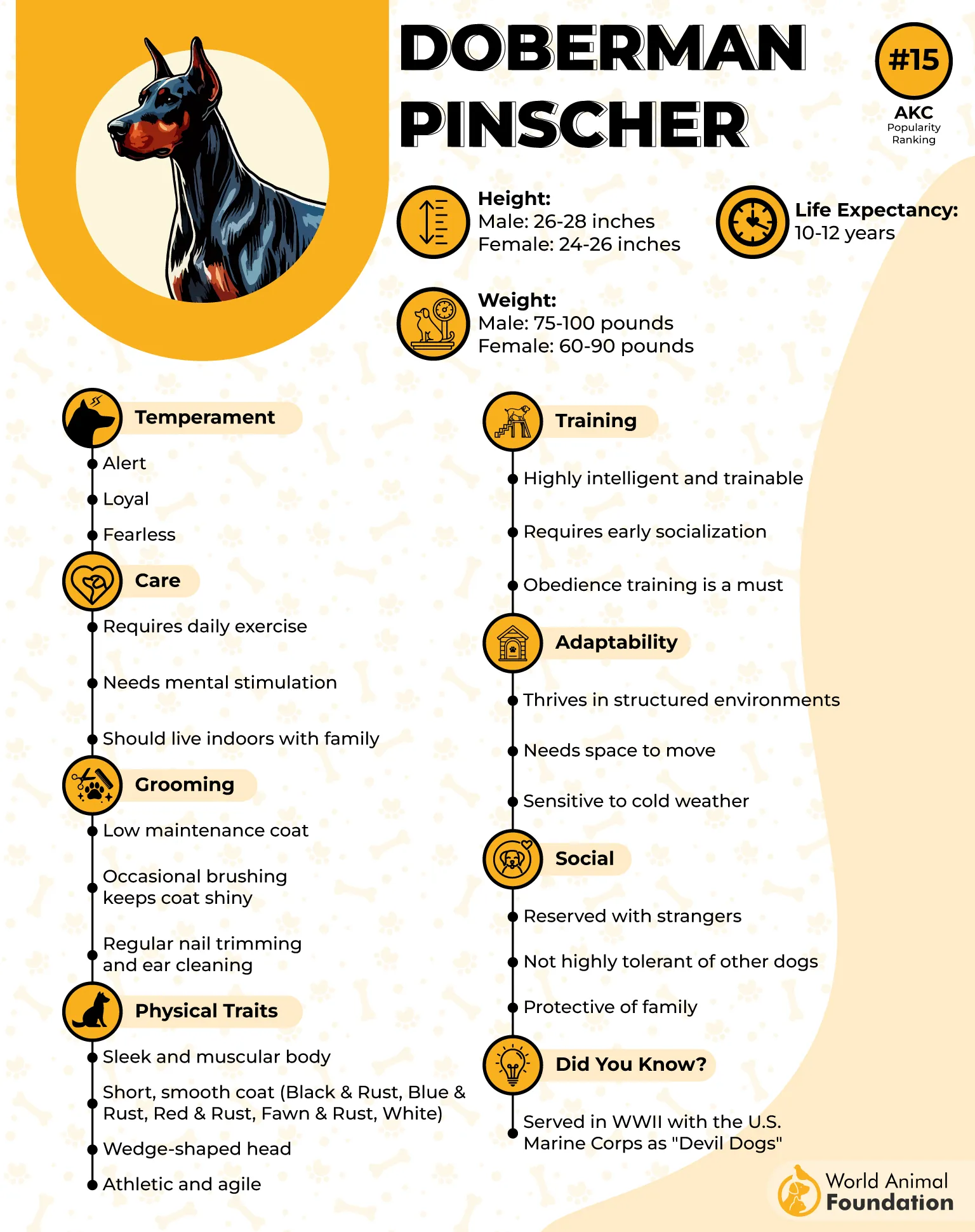
Dobermans can make loyal companions when given proper training and early socialization. Without it, their protective instincts may lead to dog bite injury or attacks on other canines. In cases of an attack, victims often require medical attention due to the breed’s forceful bite.
Key Facts About Doberman Pinschers
Bite force reported at 600 PSI, though often measured closer to 305 PSI
Known for strong prey drive and protective instincts
Require experienced owners who can invest in training and control
4. Alaskan Malamute
The Alaskan Malamute is one of the largest Arctic breeds, bred for strength and endurance. They were used for hunting and pulling sleds in extreme conditions. With their wolf-like appearance and boundless energy, they are powerful dogs that require a firm and consistent hand.
These dogs can be stubborn and don’t always listen to commands, which makes training a challenge. While not overly aggressive by nature, their high prey drive and independence can cause problems. Without careful guidance, they can quickly develop a bad reputation for being hard to control.
Malamutes can be friendly and playful, but their size and strong jaws make them risky for inexperienced owners. Prospective owners should understand that an untrained Malamute could cause serious harm or even personal injury. With dedication, patience, and exercise, they can be loyal companions and protective of their family member owners.
Key Facts About Alaskan Malamutes
Bite force: 400 PSI, enough to cause severe damage
Weigh between 75–85 pounds, depending on gender
Known for a stubborn streak and escape tendencies
5. Chow Chow
The Chow Chow is one of the oldest breeds, originating from China, where it was used for guarding, hunting, and pulling loads. With its lion-like mane and fluffy coat, it looks like a cuddly toy.
The AKC says that one of its unique traits is the blue-black tongue. Despite their striking looks, they are among the dangerous dog breeds due to their stubborn and territorial nature.
While they make up only .01% of the total dog population, they were still linked to multiple fatal attacks. Their small numbers compared to the damage they caused show why they are seen as a high-risk choice. These dogs can be protective but are often labeled as aggressive dogs due to their behavior toward strangers.
Their independent personality makes them difficult to train. While some can be loving companions, their history and the number of human fatalities linked to them prove they are not a safe choice for inexperienced owners.
Key Facts About Chow Chows
Bite force: 220 PSI
Known for its territorial nature and unpredictable behavior
Often flagged as high-risk by many insurance companies
6. Rottweiler
The Rottweiler is a powerful German breed that was first used to herd cattle and guard property. They are loyal and protective of their families but less welcoming to visitors. While known for devotion, they can break bad quickly if they feel someone is a threat. Their size and temperament place them among the most dangerous breeds.
They are large and muscular dogs. Their protective instincts make them natural guardians, but they can also become aggressive toward strangers. A Rottweiler rarely harms its owner, yet their reaction to outsiders can lead to tragic outcomes.
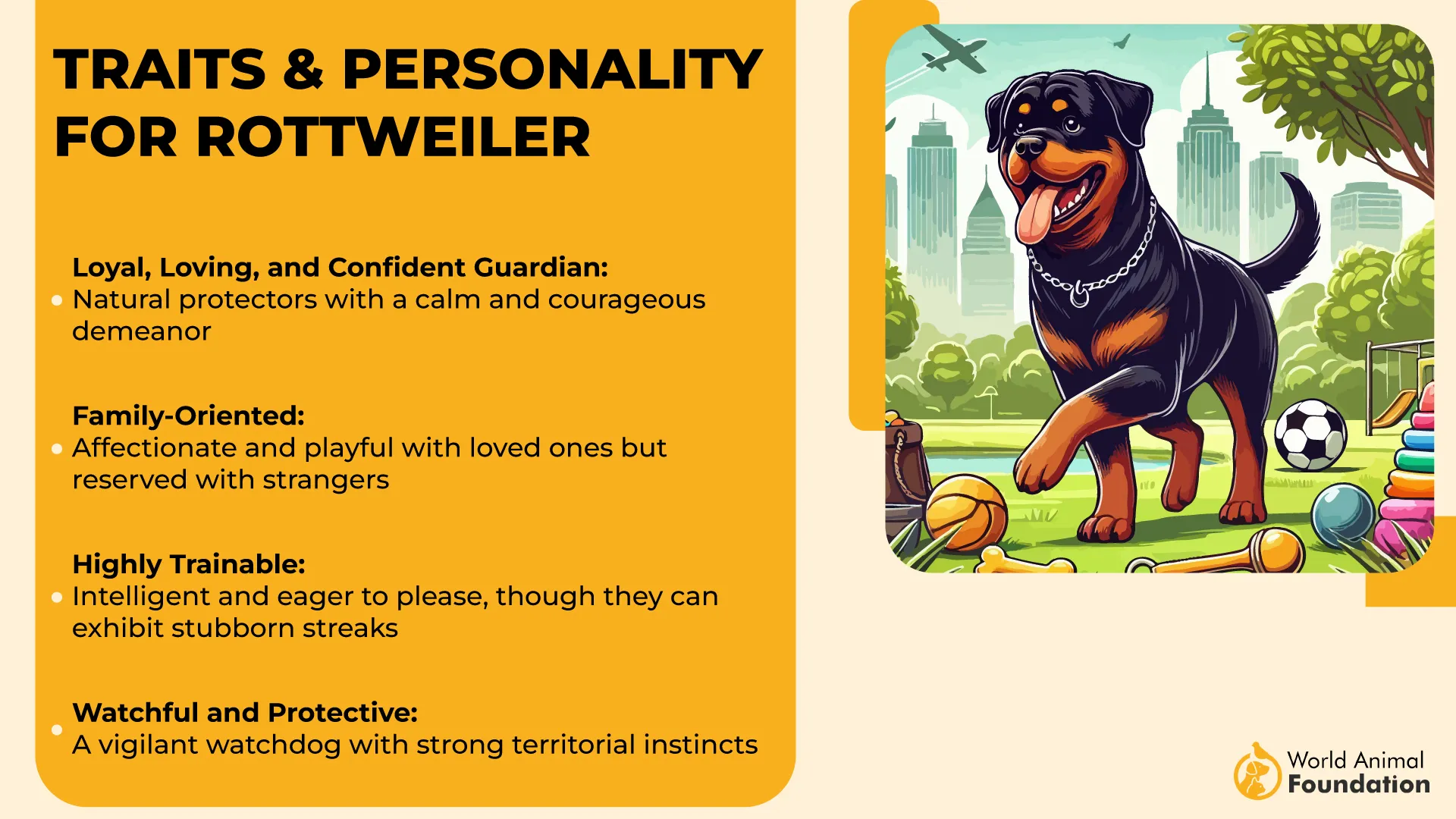
These dogs are intelligent, strong, and trainable. However, their history as a fighting dog and protector makes them unsuitable for inexperienced owners.
They can live peacefully with families, but may struggle around other pets. With discipline, early training, and firm leadership, they can be loyal companions, but they remain one of the riskiest choices for prospective owners.
Key Facts About Rottweilers
Bite force: 328 PSI, strong enough to break bones
Extremely protective of family, but often distrustful of strangers
Require experienced owners and structured training to reduce risks
7. German Shepherd
The German Shepherd is one of the most recognized working dogs in the world. First bred for herding, they later became essential in police, military, and service work. Their sharp intelligence and loyalty make them dependable, but their territorial streak has also placed them among aggressive breeds.
Their protective nature can turn hostile when they feel their family or territory is threatened. Many incidents happen due to the owner’s negligence, where poor training and lack of structure allow dangerous behavior to develop.
These dogs are powerful and need constant mental and physical activity. Without stimulation, they can grow anxious and reactive. They are best suited for experienced handlers who can provide structure and socialization from an early age.
Key Facts About German Shepherds
Average weight: 50–90 pounds
Known for high prey drive, making them risky around smaller animals
Can develop aggression with age or when in pain
8. American Bulldog
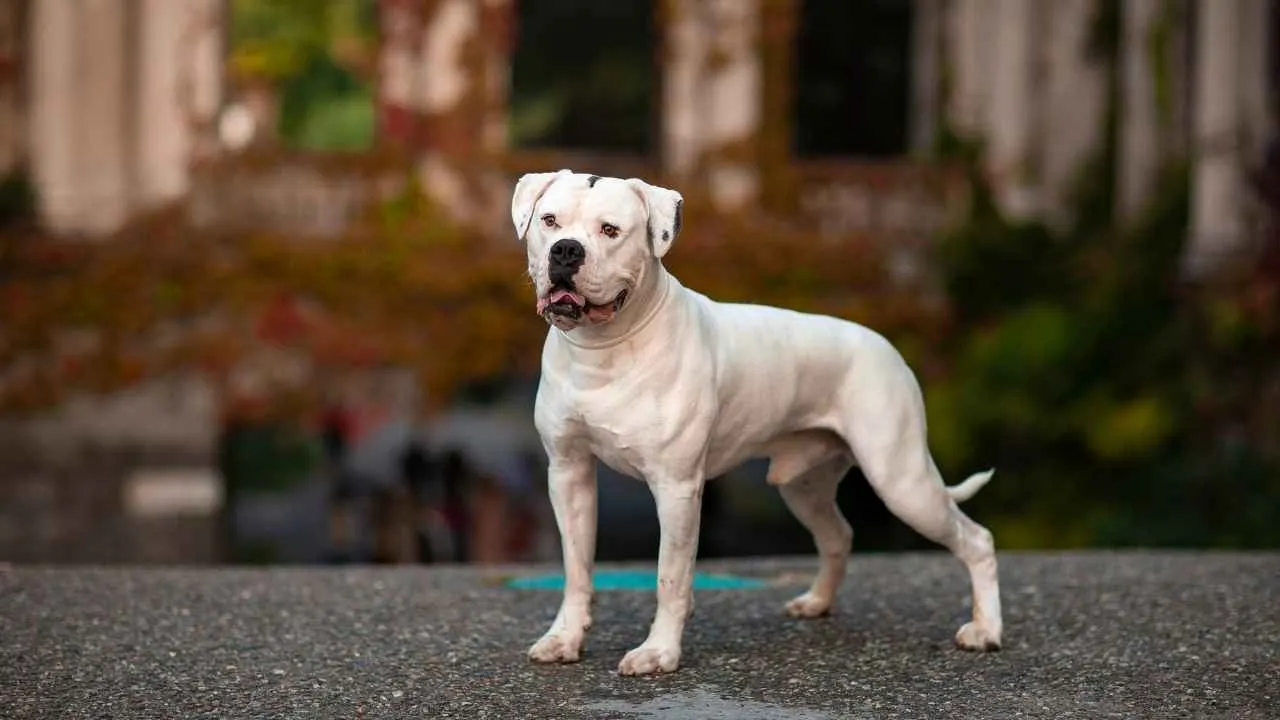
The American Bulldog is a muscular working dog bred for farm labor and protection. This breed kept its athletic, energetic build and remained a powerful helper on rural land. Known for stamina and strength, they are often too much for inexperienced owners. Their stubborn streak and high energy require firm direction from the start.
They also have a strong protective instinct and a drive to chase, which makes them challenging around unfamiliar people or smaller animals.
While not naturally mean, they can become difficult to control without a consistent structure. This intensity is why many trainers suggest they are better suited for experienced handlers rather than first-time dog owners.
American Bulldogs can be loyal companions when raised with attention and structure. They thrive when given plenty of space to run and tasks that challenge both their body and mind. Without this, their energy and force can easily turn into destructive or unsafe behavior.
Key Facts About American Bulldogs
Bite force measured at 305 PSI
Average weight ranges from 60-100 pounds
Known for strong prey drive and stubborn personality
Conclusion
When it comes to dangerous dogs, size, strength, and temperament all play a role. Many larger dogs are protective, powerful, and capable of causing serious harm if not managed with care. This does not mean every big dog is unsafe, but it does mean owners must commit to training, socialization, and responsible ownership.
The reality is that even breeds celebrated for loyalty and companionship can become a risk if neglected or poorly raised. Every dog deserves respect, proper training, and a stable home. With patience and responsibility, even the strongest dogs can live safely alongside people, proving that the real key lies in how we raise and care for them.


